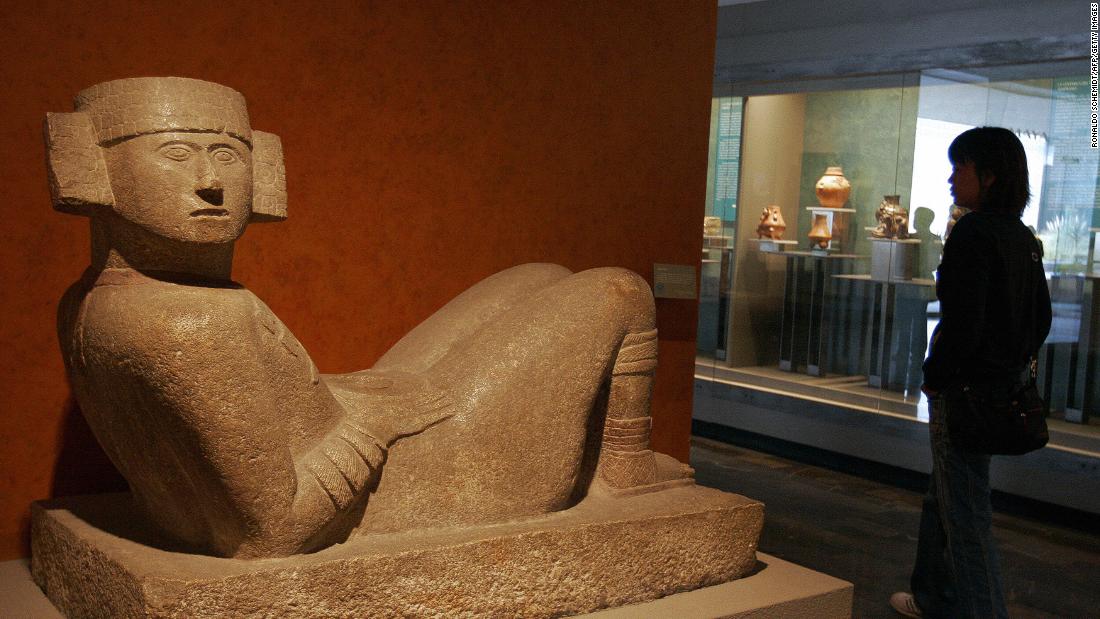


A halocline melds into a hydrogen sulfide cloud at around 30 meters (100 feet) depth. The Pit Cenote dive has options for a deep dive and also a double tank cave dive. The Pit Cenote dive will not have the amazing natural light show if it is a cloudy day. May / June / July are the peak months for the best light. You should dive during the middle of the day (Between 11 & 2) when the sun is overhead – then you will get the best twirling laser light effect in the water.

Once below the water, at about 10 meters (30 feet) the Pit opens to be a wide cavern. You can pay one of the locals about 20 pesos to lower your BCD and tanks into the water to make it easier to get down the ladder to the water. The Pit Cenote dive features a relatively narrow top opening entry point. Always check current restrictions with a qualified local guide before attempting your cenote dives.Ĭenote Dives: Laser beams of light at The Pit Cenote Dive These two cenotes have been re-classified over the last 2 years and some other websites do not have the up to date restrictions listed. Some cenotes, like Pet Cemetery Cenote and Gran Cenote, are currently only open to qualified cave divers and can no longer be visited by non-technical divers. If you have no certification there are some places like Casa Cenote (see below) where you can train for your dive certification safely while diving in non-cavern areas of that cenote with a qualified instructor. But you do need to be open water or open water advanced certified to be taken into cavern areas. If diving with an experienced and qualified guide you do not need to be cavern diver certified. Once you leave visible access to open water, you are cave diving. The cenotes near Tulum are some of the best diving cenotes in Yucatan as they are easy to get to by road and feature a variety of stunning natural rock formations.Ĭenotes Tulum: The difference between cenote cavern diving & cenote cave divingĬenote cavern diving is when you never dive beyond a point where you don’t have direct line of sight to open water – and hence, air. This impact played a part in the formation of the cenotes, as did millions of years of natural erosion, and rising water levels after the last ice age which led to the cave systems flooding. Why does the Yucatan have so many cenotes? Scientist believe that the dinosaur killing asteroid that hit Earth 65 million years ago, struck the North of what is now the Yucatan Peninsula. Most are not easily accessible to the public. It’s estimated that the Yucatan Peninsula has over 30,000 of these sinkholes.

Almost every Mayan settlement was built near a cenote.Ĭasa Cenote Tulum: An open cenote and one of Tulum’s easiest cenote dives for beginners. The water arrives there through massive cave systems connecting cenotes eventually to the sea.Īs the Yucatan Peninsula has no overland rivers, these underground water systems provided an essential supply of fresh water (which floats on top of the salt water that can feed in from the sea) to the local inhabitants. They were often sites for offerings to the Gods.īut a Cenote is just an entry point. Cenotes were considered sacred by the Mayan people. The word Cenote is derived from the local Mayan word “D’zonot”.


 0 kommentar(er)
0 kommentar(er)
